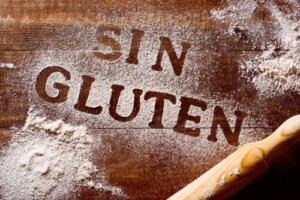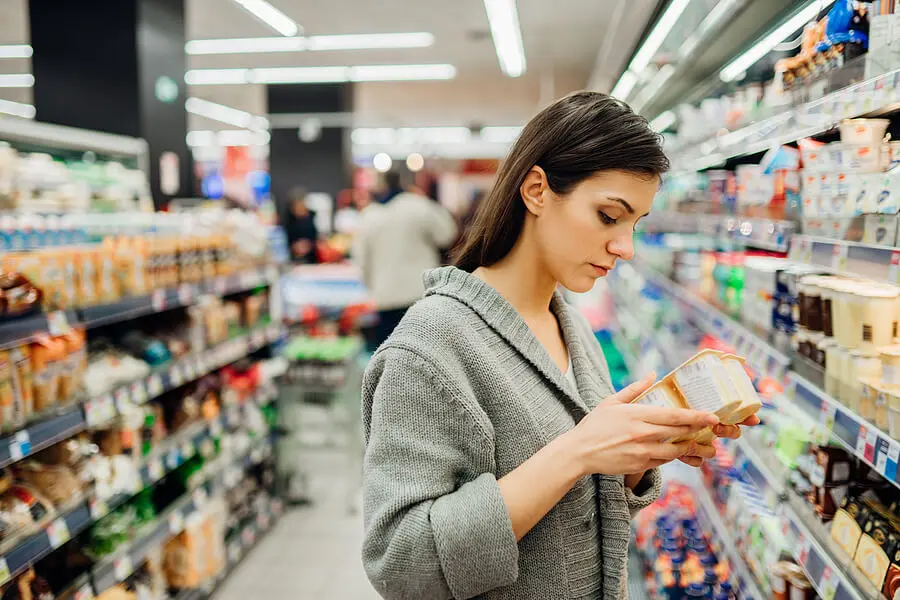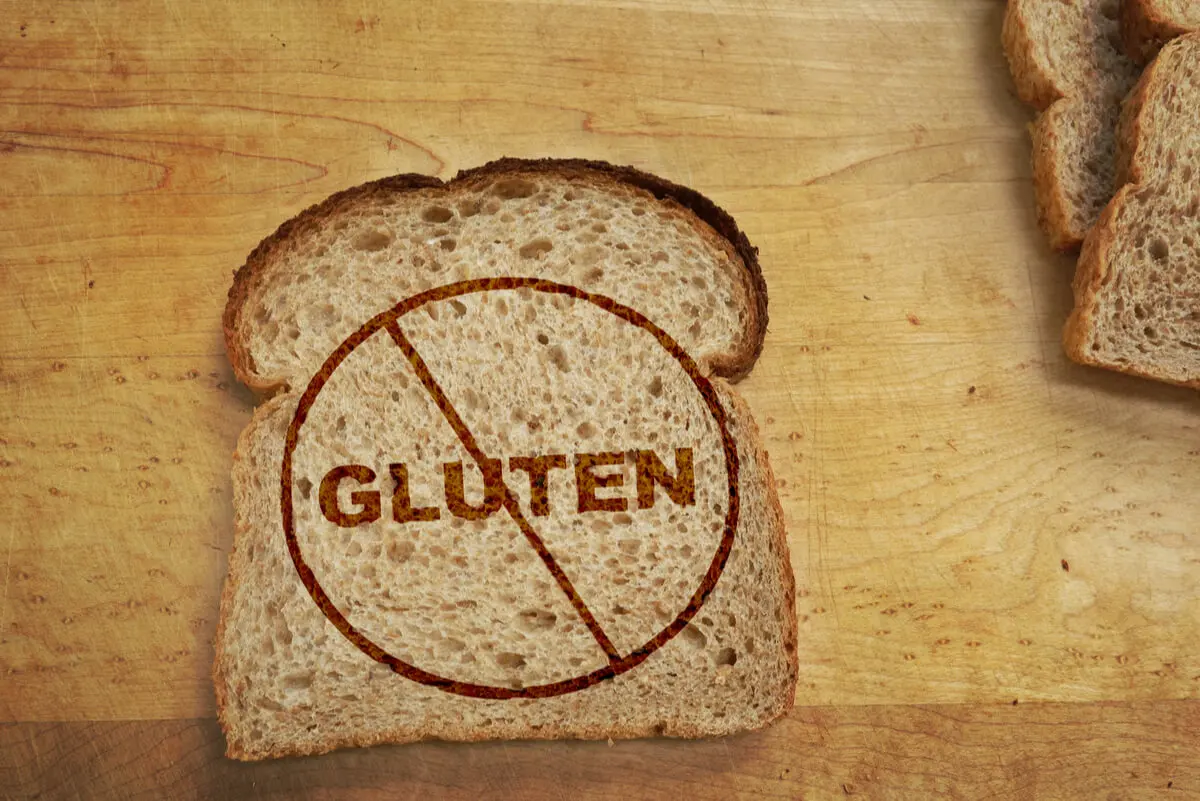A Guide to Gluten-free Cooking


Written and verified by the nutritionist Saúl Sánchez Arias
Cooking gluten-free can be a challenge. However, when a problem such as celiac disease has been diagnosed, it’s the only solution.
Otherwise, gastrointestinal symptoms will appear, which will become more complicated with the passage of time and can end in serious health alterations. Fortuantely, it’s easier than it seems to eliminate this protein from the diet if a series of basic tips are taken into account.
Before starting, it should be noted that, in order to remove gluten from your diet, it’s first advisable to get a professional diagnosis. In recent years, it has become fashionable to restrict the nutrient without a confirmed pathology, which can be counterproductive to our health.
Gluten is a type of protein that’s present in certain vegetables that isn’t bad for the body if you don’t have any absorption or autoimmune problems
Gluten-free cooking: Storing gluten-free products
People with celiac disease have an extreme sensitivity to gluten, so even simple contact of food with the protein can generates symptoms and discomfort. For this reason, gluten-free products should be stored in a special space in the pantry. They should be in their own containers and not mixed with anything else.
Containers should always be kept hermetically sealed. This will prevent contamination.
The same applies to those foods that remain in the refrigerator. It’s best that they’re identified and labeled and that they’re always kept on a shelf that’s specially intended for them to avoid mistakes.
You could even opt for single doses. However, this often entails an increase in the price when you’re shopping.

Gluten-free cooking: Handling gluten-free products
Always ensure good hand washing before handling gluten-free food to avoid contamination that can cause damage to people with sensitivity to the protein. It’s enough to apply soap and water, although the utensils that you use in the preparation process must also be thoroughly cleaned.
In the case of textiles, it’s a good idea to replace them with single-use items. Cloths are a frequent source of contamination.
When cooking food, preparations intended for coeliacs should be prepared first in order to prevent problems. It’s forbidden to share utensils when cooking gluten-free and gluten-containing food at the same time.
Similarly, all food drawers should be closed tightly so that crumbs and contaminants don’t fall into them, such as leftover bread.
As far as presentation is concerned, it’s always a good idea to use individual tablecloths that are easy to clean. If they’re made of a textile, they should be kept away from the rest of the tablecloths that may contain traces of gluten.
When serving, the celiac person must have priority. Similarly, dishes containing food with gluten should not be passed over those containing food without the protein.
We think you may enjoy reading this article, too: What Does a Healthy Gluten-Free Diet Look Like?
What happens if a person with celiac disease consumes gluten?
According to a study published in the European Journal of Nutrition, celiac disease is a chronic disease. This means that there’s no known cure, and the only thing one can aspire to is to manage it through dietary modifications.
Fortunately, there are many foods in supermarkets that are perfectly adapted for people who have to restrict gluten from the diet.
In the event that someone who has developed the condition consumes the protein or traces of it, symptoms will not only occur at the digestive level. An inflammatory chain will soon develop that will cause significant damage to the gastrointestinal tract, especially if exposure is recurrent. This is according to research published in the Rambam Maimonides Medical Journal.
However, it’s also true that healthy people can include the protein in their diets without any problem. It has been shown that there also exists a non-celiac sensitivity to gluten, but it’s actually not very common. Moreover, in these cases a certain amount of the element can be tolerated.

Like this article? You may also like to read: 5 Signs of Gluten Intolerance and What to Do About It
Learn how to cook without gluten
Cooking without gluten isn’t difficult to do. You just have to put a series of hygienic routines in place to protect the health of those who have developed celiac disease. Once you get into the habit, it will be very easy to respect the recommendations.
It’s simply a matter of being properly organized to avoid cross-contamination that could put your health at risk.
Remember that gluten should not be restricted in your diet unless a specialist has expressly recommended it. If the consumption of the nutrient is avoided without any digestive problem, the body may lose its ability to metabolize it over time.
All cited sources were thoroughly reviewed by our team to ensure their quality, reliability, currency, and validity. The bibliography of this article was considered reliable and of academic or scientific accuracy.
- Bascuñán KA, Vespa MC, Araya M. Celiac disease: understanding the gluten-free diet. Eur J Nutr. 2017 Mar;56(2):449-459. doi: 10.1007/s00394-016-1238-5. Epub 2016 Jun 22. PMID: 27334430.
- Cohen IS, Day AS, Shaoul R. Gluten in Celiac Disease-More or Less? Rambam Maimonides Med J. 2019 Jan 28;10(1):e0007. doi: 10.5041/RMMJ.10360. PMID: 30720425; PMCID: PMC6363368.
- Lebwohl B, Ludvigsson JF, Green PH. Celiac disease and non-celiac gluten sensitivity. BMJ. 2015 Oct 5;351:h4347. doi: 10.1136/bmj.h4347. PMID: 26438584; PMCID: PMC4596973.
This text is provided for informational purposes only and does not replace consultation with a professional. If in doubt, consult your specialist.








